Why crochet has us hooked
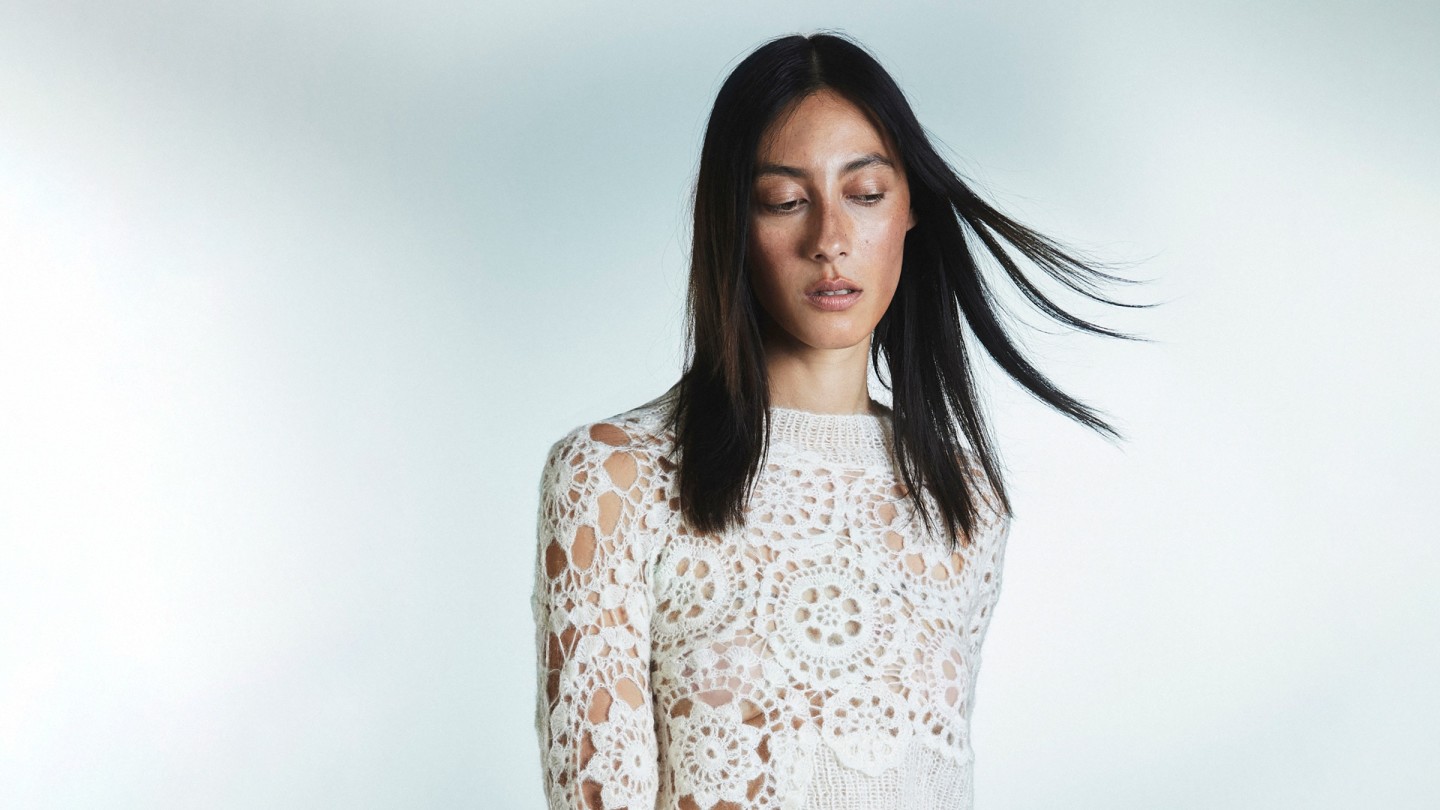
Simply sign up to the Style myFT Digest -- delivered directly to your inbox.
Fashion designer Anna October was in Kyiv when President Putin’s Russia invaded Ukraine last February: the city in which she had founded her namesake label in 2010. She fled to Paris and, in July, rented a house in Hydra, Greece, seeking solace and a space for quiet contemplation to “cope with the emotions of the war”.
At a flea market one day, the 32-year-old found some hand-crocheted napkins that motivated her “to do something with my hands”. She put on some music, poured some wine and started to drape the textiles on her friend’s body. “I love the delicacy of crochet; to me it’s very tender and complex,” she says. The material became a metaphor for her own emotions. She spent the next five days turning the doilies into a sleeveless midi-length dress. “The process was very sincere and meditative; a healing moment. This small pleasure helped me to process a great tragedy.”
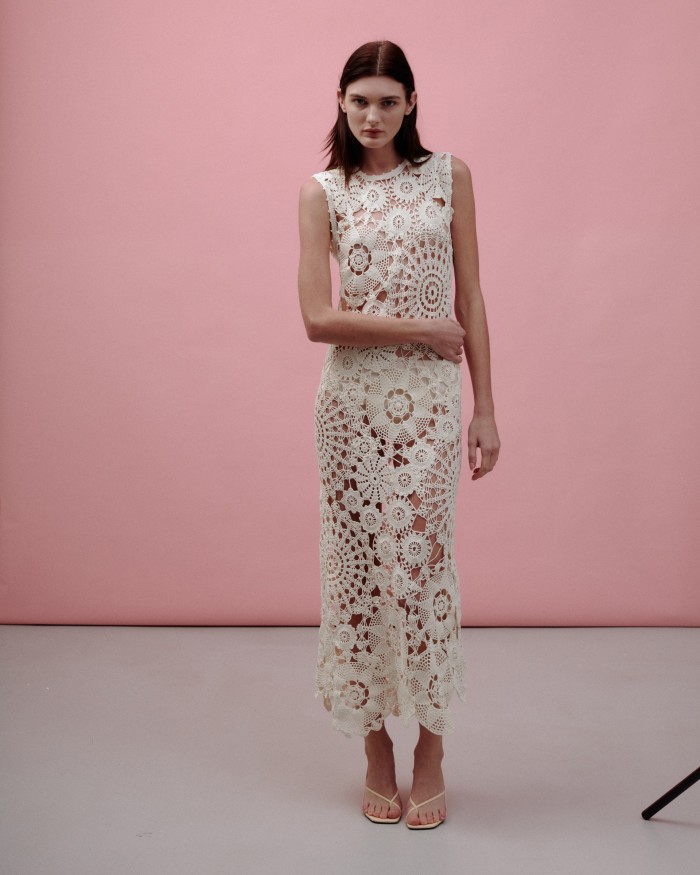
The prototype became the star piece of an SS23 collection that features a number of off-white, hand-crocheted wares. Each individual napkin design has been crafted by a community of women in Ukraine, and each dress is assembled by one artisan, taking around five days to complete.
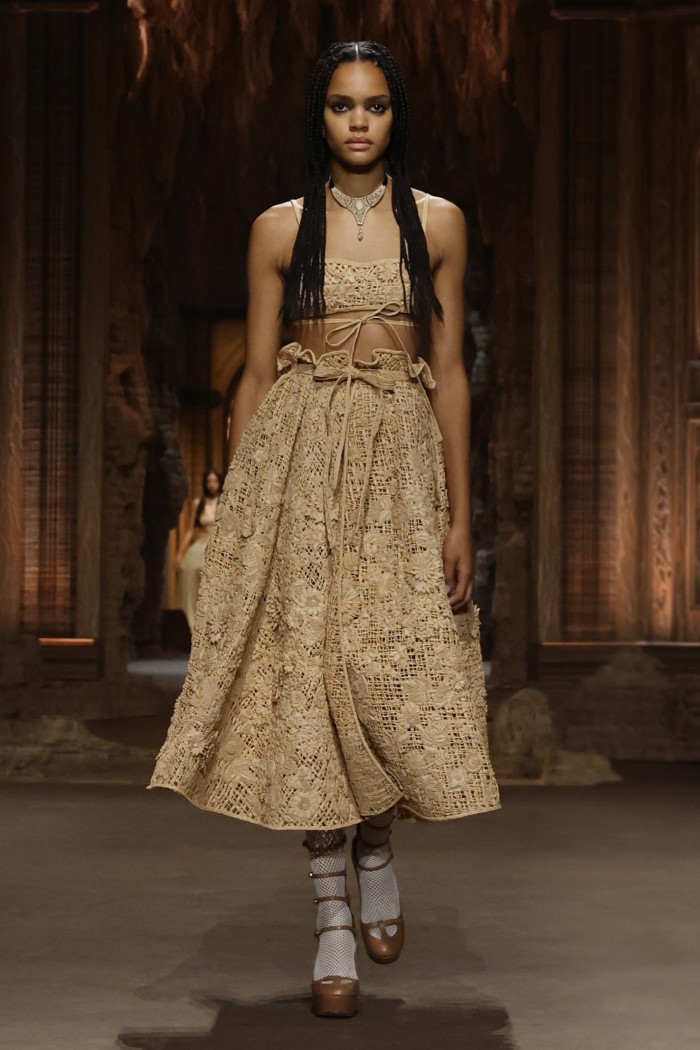
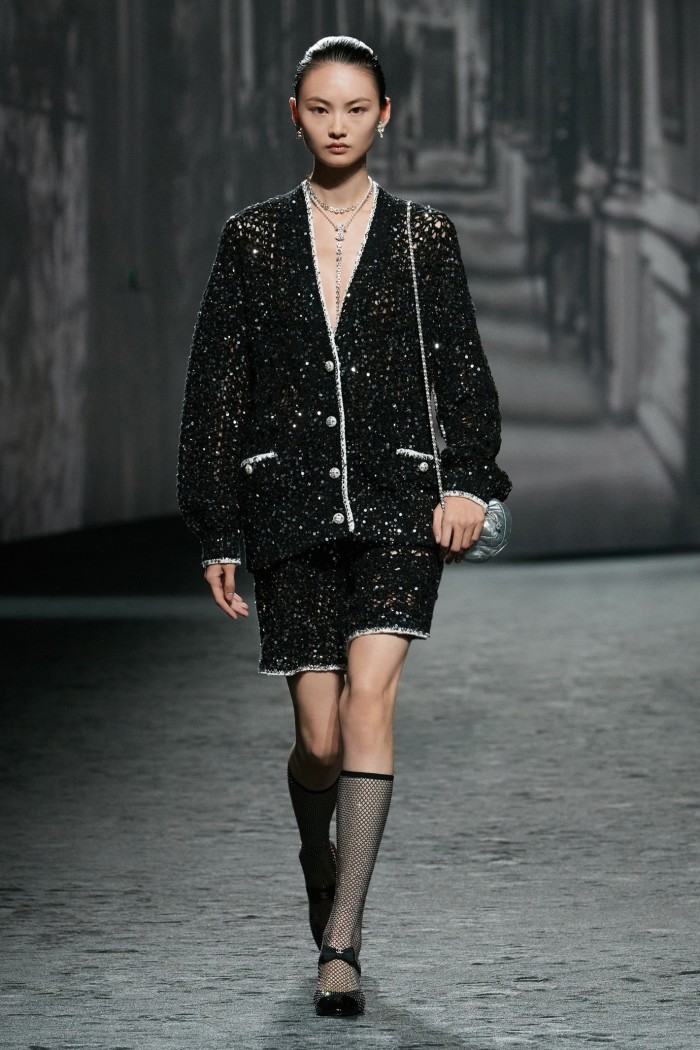
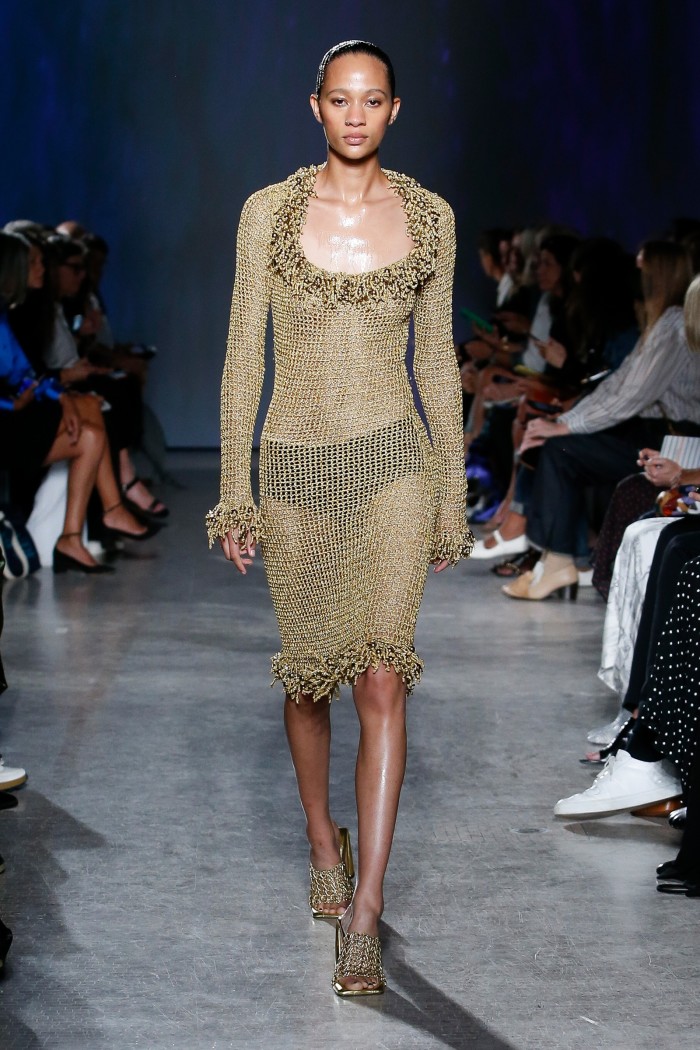
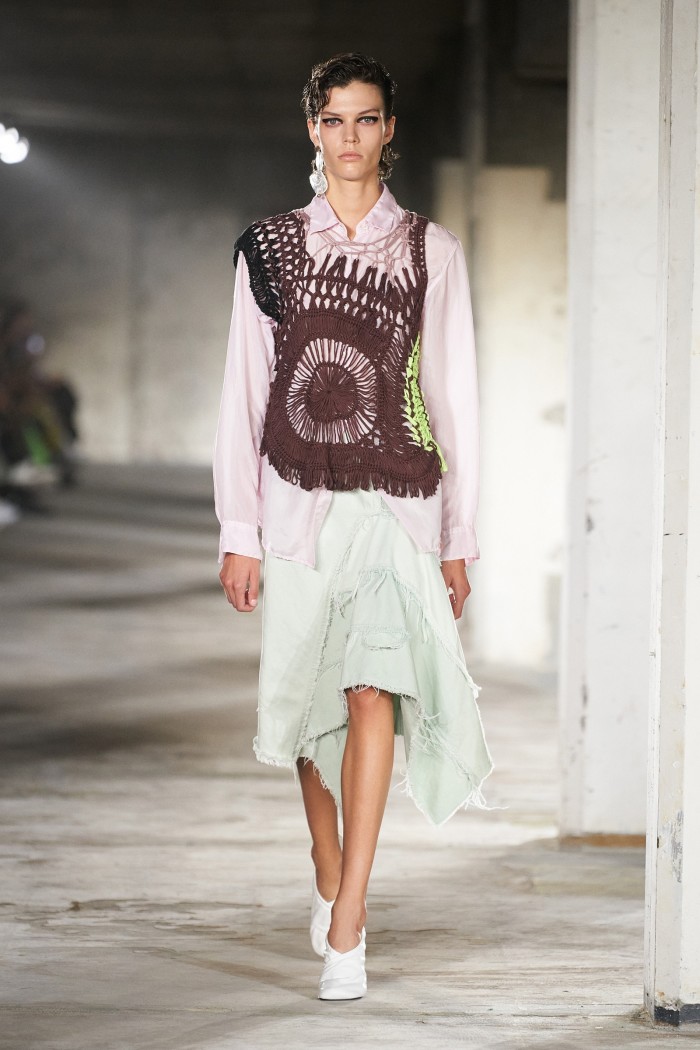
October is one of several designers using this analogue technique – and rendering it anew. Once considered beachy and a bit homespun, crochet has come into its own this season, in silhouettes and patterns that are far from the hippie styles often found at market stalls.
Chanel offered monochromatic crochet: a mix of uptown polish and Left Bank bohemia that felt younger than its typical tweeds. Inspired by the court of the Medici, Dior’s Maria Grazia Chiuri realised regal coats and two-pieces in crocheted lace, while Rejina Pyo, Proenza Schouler and Wales Bonner focused on the female body; their crochet was see-through and sexy.
“Designers have elevated the art of crochet from being viewed as a hobby craft to something sophisticated and relevant,” says Lucinda Chambers, the stylist and co-founder of Colville and e-commerce site Collagerie. She notes how SS23’s crochet is more experimental and “interesting” owing to the boom in knitting and handcraft as “people have rediscovered skills that are beautiful and, importantly, stress-reducing”. Delsy Gouw, of New York brand Memorial Day, was taught to crochet as a child by her mother, and took up the craft again in 2020; now, her kaleidoscopic, checkerboard bucket hats and bikinis are worn by everyone from Bella Hadid to Ella Emhoff.
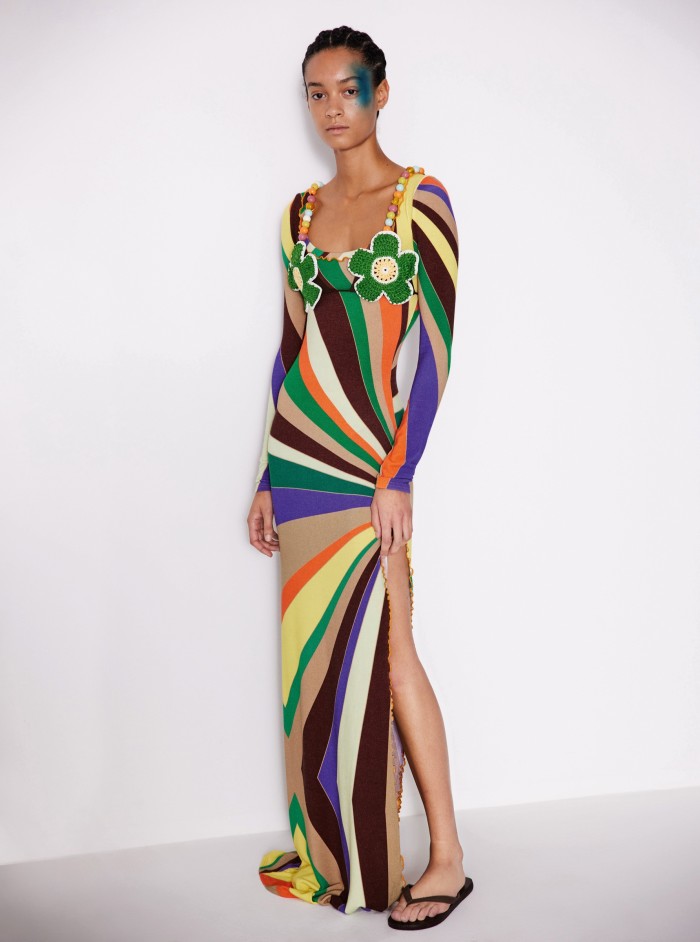
“With crochet hooks, there are no limits to colours, shapes and thickness,” says Marco Rambaldi, a finalist in the 2023 Woolmark Prize, who this season turned hand-linked motifs into miniskirts decorated with hearts and flowers. He prefers the technique to knitting as he can “reinvent” the yarns: if knitwear is a flat canvas, crochet is a sculpture, with each link forming a brand new shape and silhouette.
Ceylin Türkkan Bilge, the Turkish designer behind Siedrés, agrees: she says crochet is “an excellent way to add dimension to clothing”. Based in Istanbul, she comes from a family of textile makers. “We can’t always find what we are looking for [in woven cloth], so making unique motifs from crochet allows us to create the designs we want.” This season, she turned ’90s-era daisy motifs into barely there tops, with a flower head covering each breast.
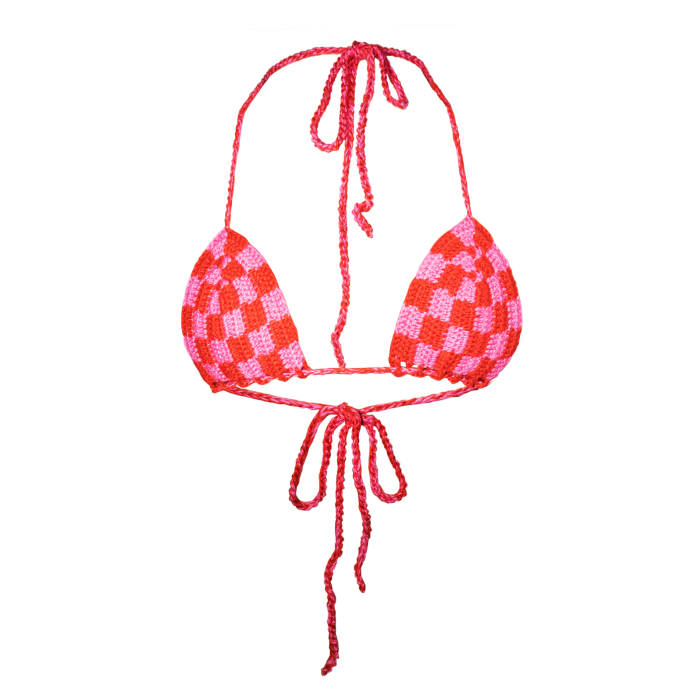
Memorial Day crochet bikini, $230 for set
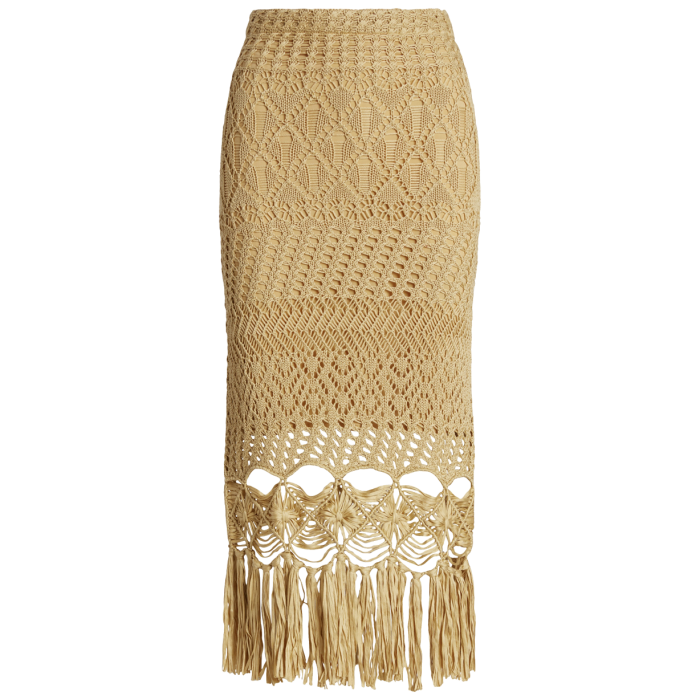
Polo Ralph Lauren macramé skirt, £649
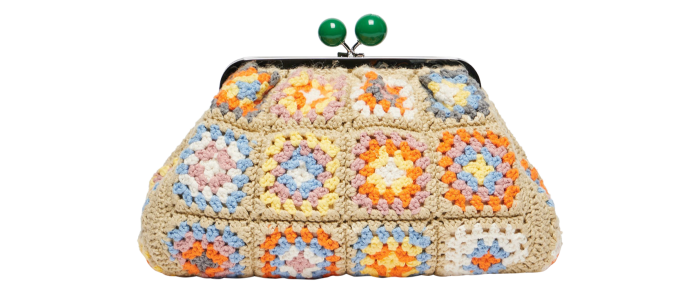
Weekend Max Mara cotton Pasticcino bag, £315
Crochet became a modern art form in the 1820s, reportedly evolving from an amalgamation of knitting, embroidery and lace-making (the word translates as “hook” in French). Early wares included purses, with the first English handbag pattern published in The Ladies’ Knitting and Netting Book in 1837. (Crocheted accessories have an enduring appeal too: this season, Chloé, Alanui and Colville offer myriad intricate bags and totes.) By the mid-1850s, it had spread through Europe and beyond.
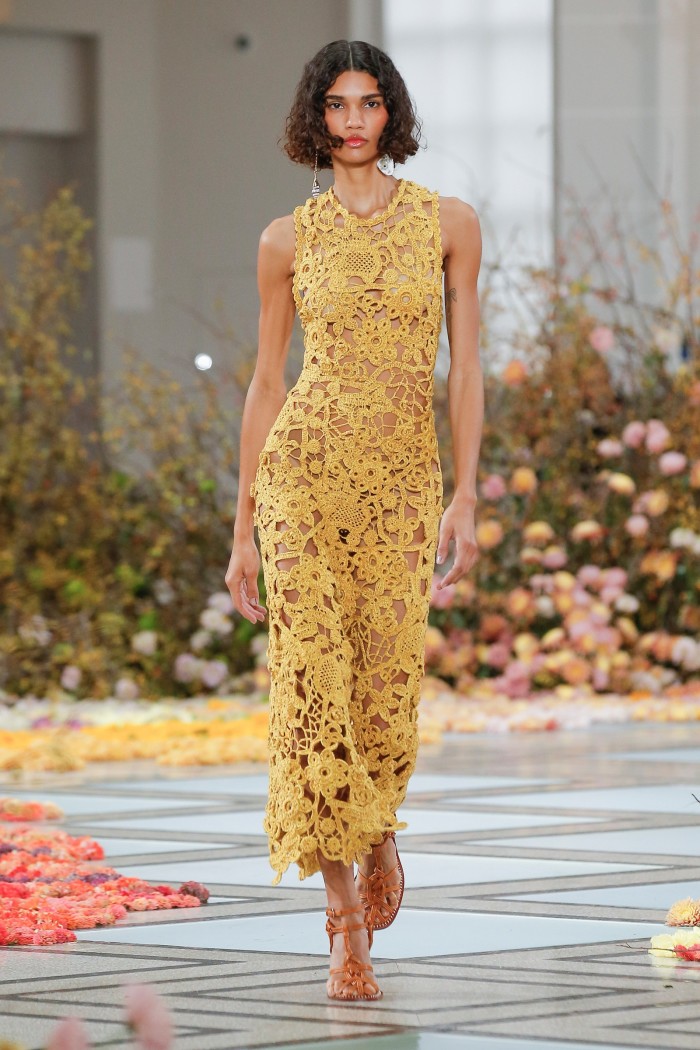
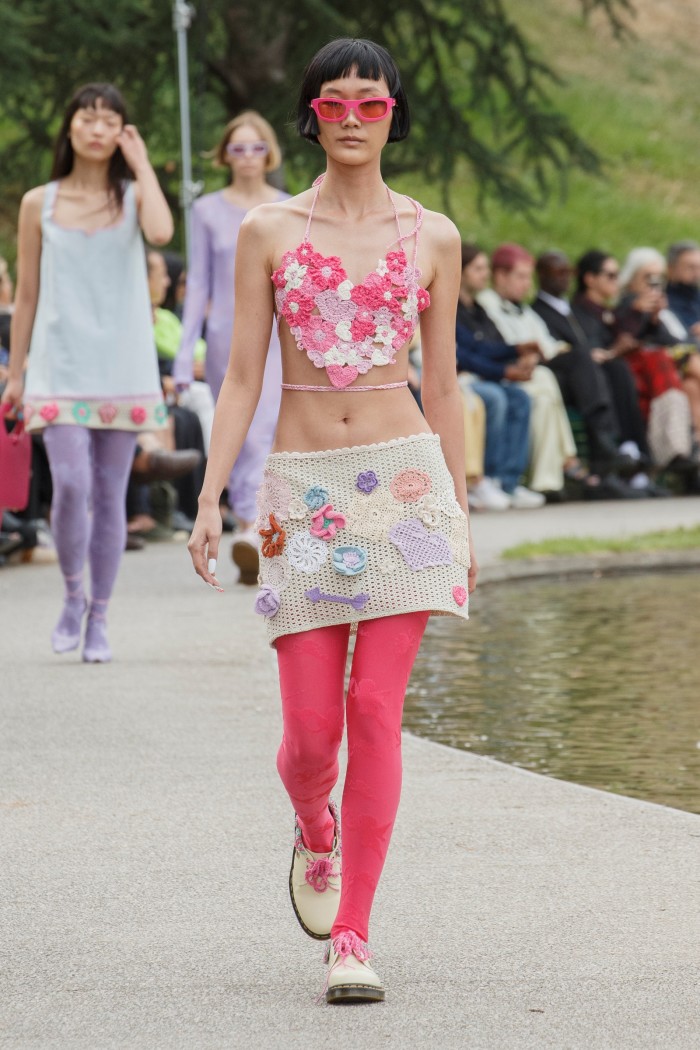
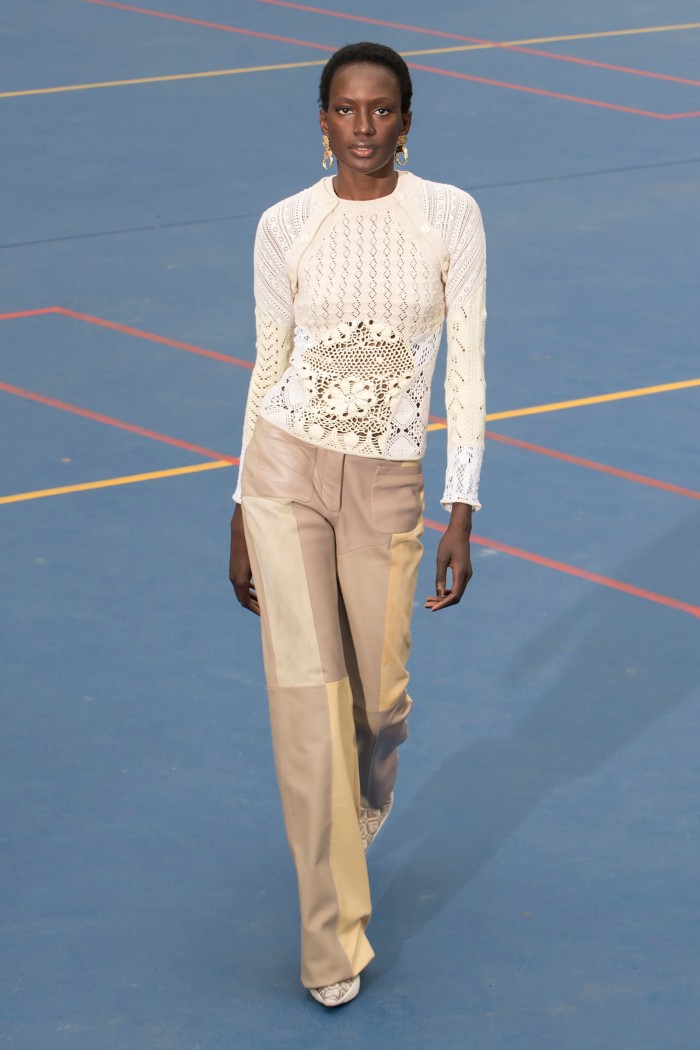
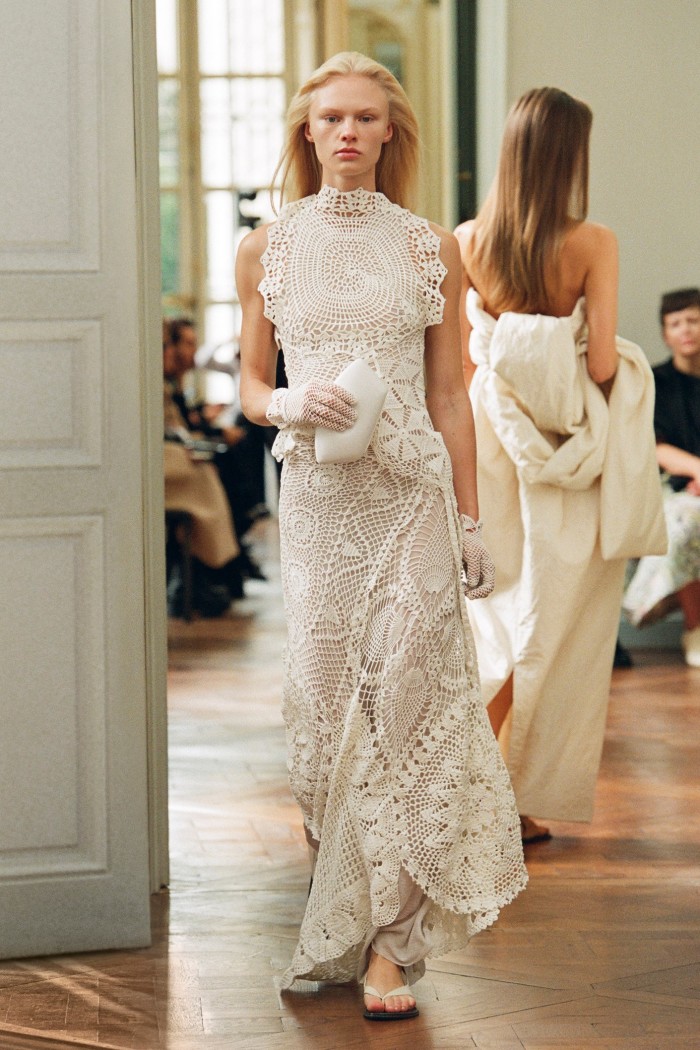
“In Ukraine, crochet patterns come from astrology and numerology; in Athens, it’s more structured and less decorative; and in France, it almost look like lace,” says October, who referenced many types of crochet in her collection. This cross-cultural confluence of community is poignant for her. “I like that we’re reinventing pieces, giving them a new life while cherishing the stories and people behind them,” she says.
Many of these designers work with women-led cooperatives. Farm Rio operates in Brazil, while Bode’s delicate button-up shirts, designed for men but worn also by women, are handcrafted by artisans in India. Crochet has always been done “by women in very intimate settings”, says Rachel Scott, founder of New York label Diotima, who employs individual artists in Kingston, as well as a group on Jamaica’s north coast. Some of her dresses are starched: a tradition that Scott likens to “plastic covers on the couches”, protecting from wear and tear.
Türkkan Bilge works with specific groups in Anatolian villages, where “women are unable to receive an education as they are forced to marry at a young age… so they do handcrafts at home”. In Turkey, crochet has long been tied up with money: young girls receive pieces as dowries. “Craft becomes their only source of income,” she says. Supporting, rather than appropriating, has never been more important.
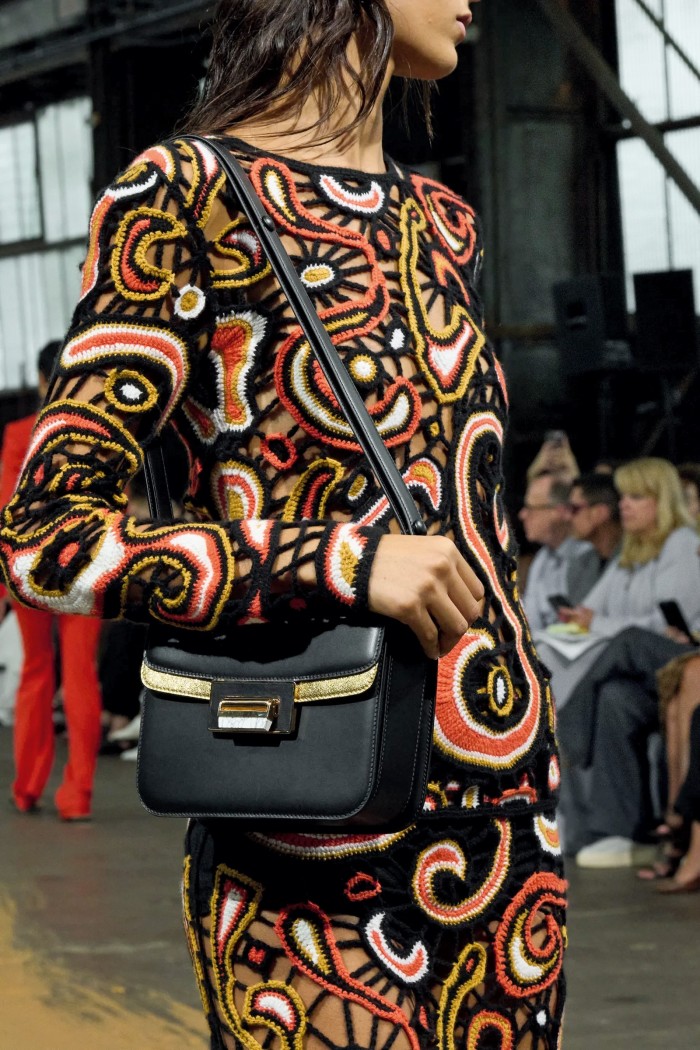
For SS23, these garments are woven with hopeful liberation and strength. It’s a notion felt by October, and also by Gabriela Hearst, who offered Grecian gowns with zany, swirling crochet patterns that riffed on the female reproductive system. The collection was a celebration of women and activists were cast alongside models on her runway, including Cecile Richards, the former president of the American healthcare organisation, and Lauren Wasser, an anti-toxic shock syndrome advocate. For Hearst, crochet – both intimate and intricate – was the perfect source of protest.
It’s a powerful narrative. Diotima’s Scott wants to “shine a light” on the exploitation of Jamaica’s craft industry; Gouw and her mother established their own Memorial Day collective to give women financial independence; Siedrés’ Türkkan Bilge wants to create economic security and opportunity. For these designers, crochet is the ultimate expression of soft power.
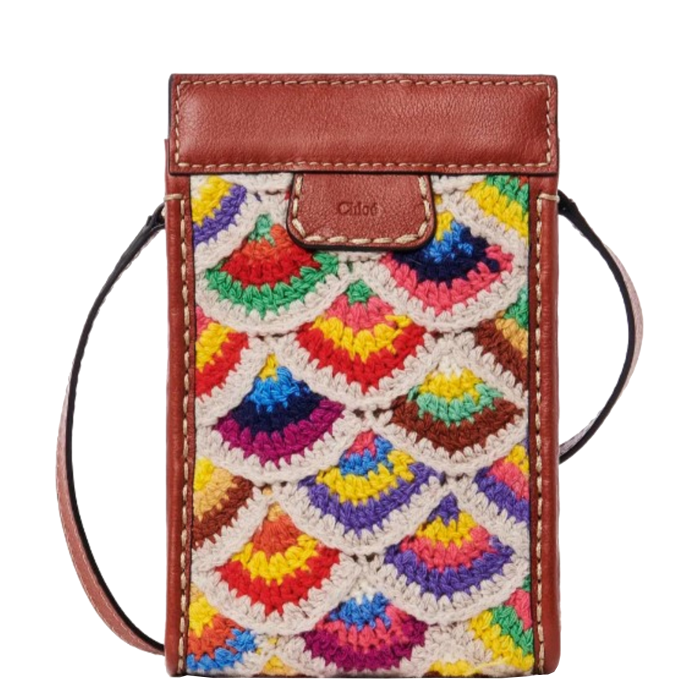
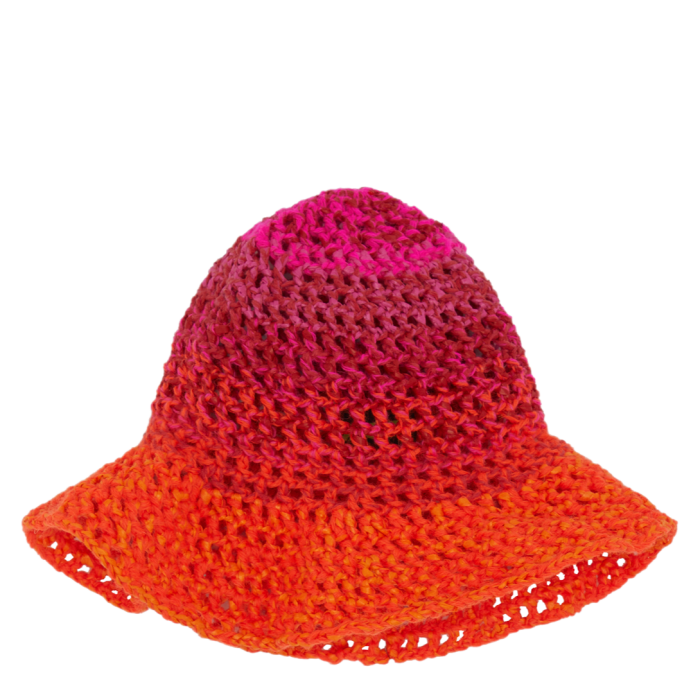
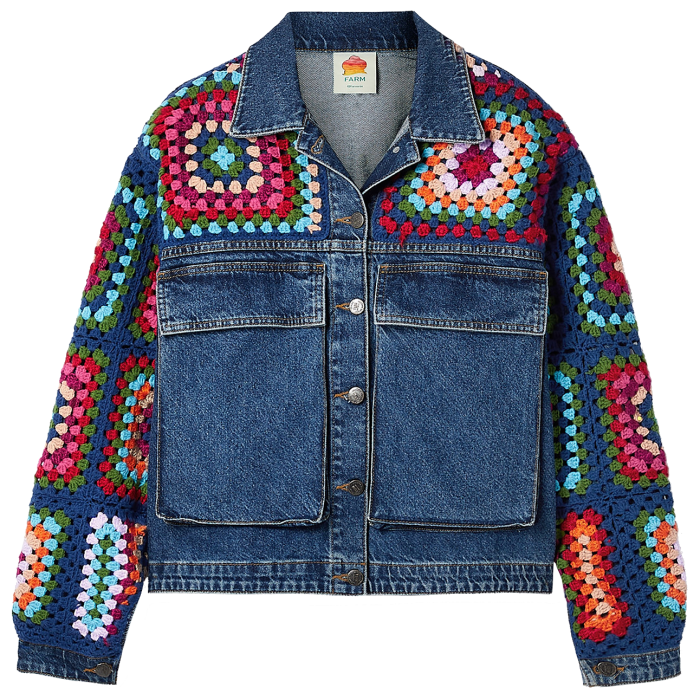
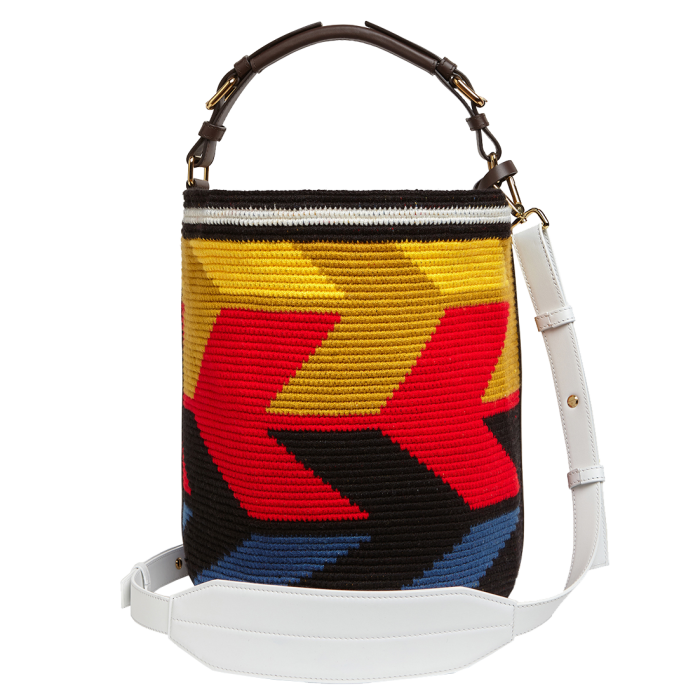
Comments